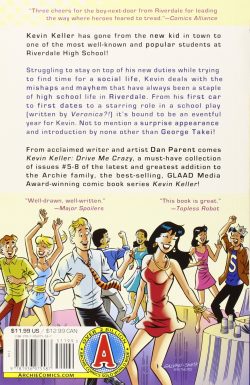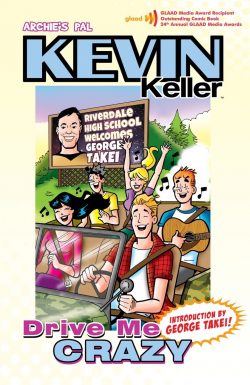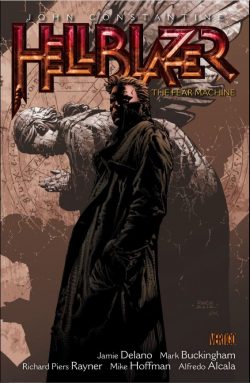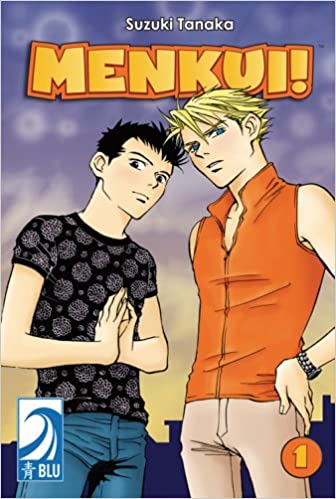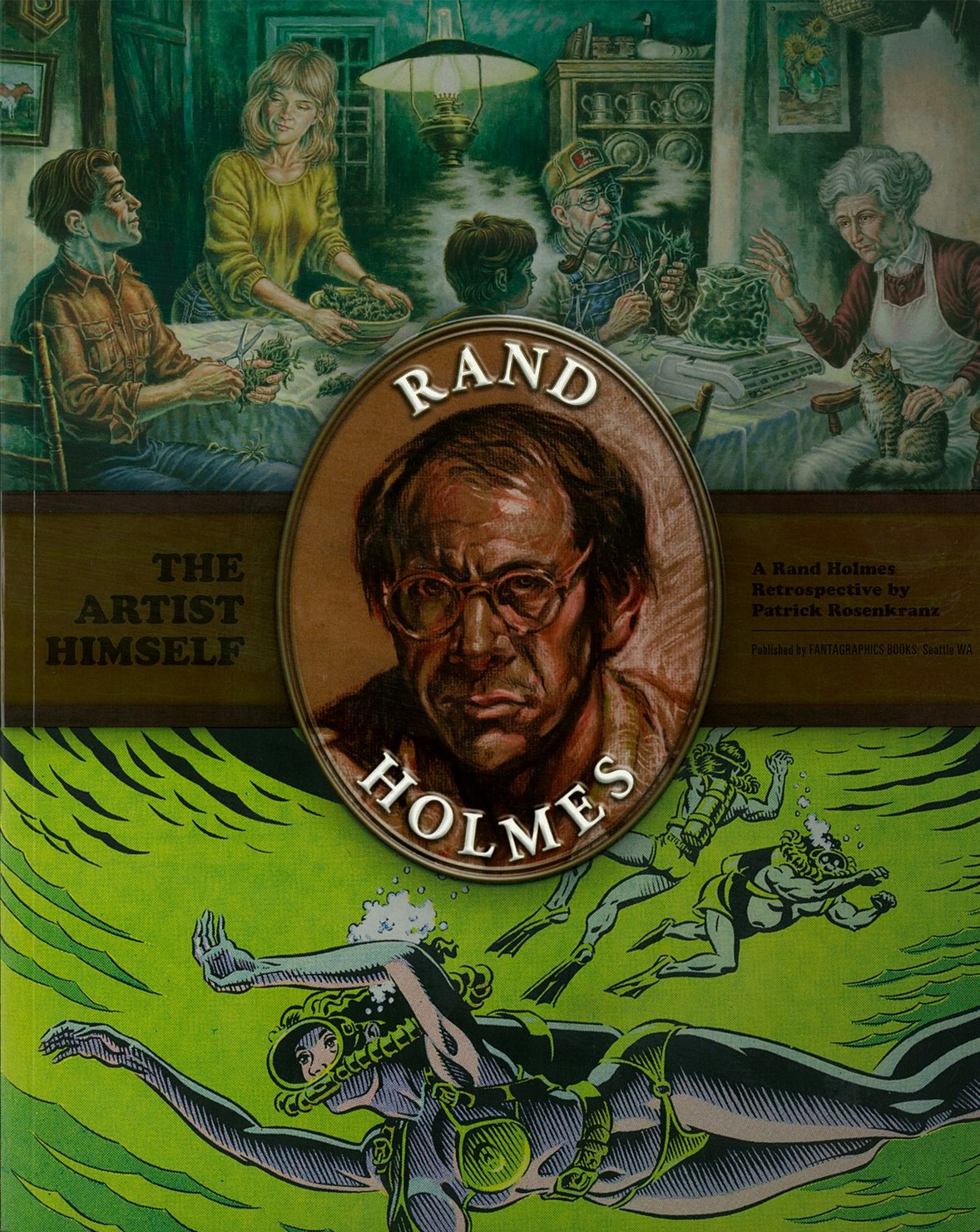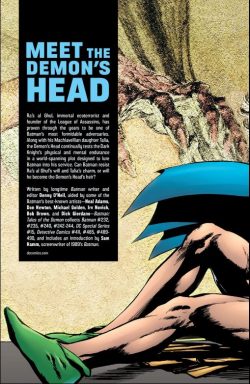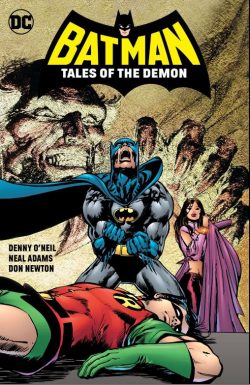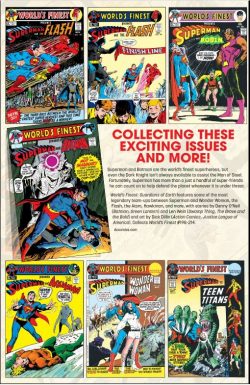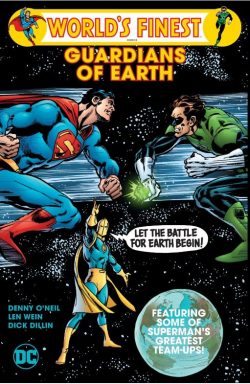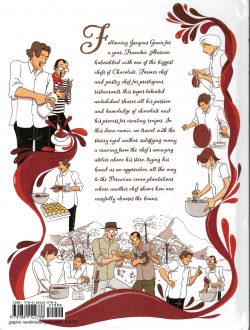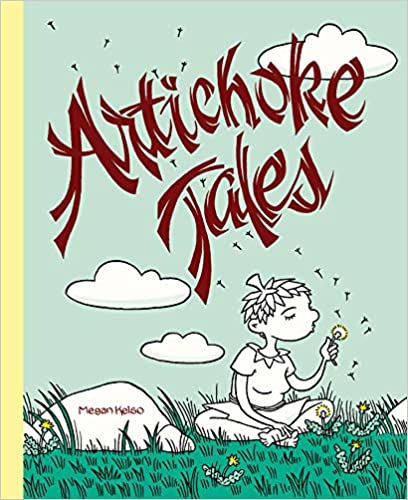
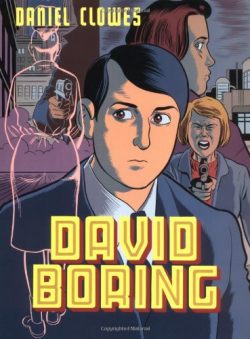
By Daniel Clowes (Pantheon/Jonathan Cape)
ISBN: 978-0-37540-692-8 (Pantheon HB) 978-1-022406-323-4 (Jonathan Cape PB)
One of the greatest assets of the comics medium is the ostensibly straightforward nature of its storytelling. With pictures wedded to text, what you see is so clearly what you get. So, whenever a master creator deliberately subverts that implicit convention, the result might be occasionally obscure or confusing, but is always utterly engrossing.
At the forefront of comics storytelling for almost four decades Daniel Clowes is, for many, an acquired taste. However, once he’s in your brain there’s certainly no shaking the things he can do with pen and ink, motive, character and the special kind of situational magic that inhabits the world of pictures and words on paper.
Born in Chicago in 1961, he began his career as a cartoonist with humour magazine Cracked before creating uniquely skewed short comic tales for Fantagraphics. His first piece debuted in Love and Rockets # 13 (September 1985): an introductory prelude to his retro-chic detective magazine Lloyd Llewellyn which launched soon after and ran in various incarnations for three years.
In 1989 he created anthology vehicle Eightball and began producing a variety of tales – short and serial-lengths – ranging from social satire, nostalgic absurdist anthropomorphic yarns to surreal, penetrating human dramas, all viewed through the lens of iconic popular cultures and social motifs. All that material has since been collected into graphic novels and two of these, Ghost World and Art School Confidential, have been adapted into critically acclaimed feature films.
His experiences in Hollywood combined with deep-seated childhood influences of noir movies and comics books combined and resulted in ‘David Boring’ – originally serialised in Eightball #19-21 before being collected by Pantheon Books in America and Jonathan Cape in Britain.
David Boring is the narrator of his own story, living a life of unsatisfactory gratification, harassed by his mother and obsessed by his absentee father – a second rate cartoonist and comic book artist who disappeared decades previously. David spends his days with his only real friend, a lesbian named Dot he has known since High School. David is listlessly indulging in his life’s work by searching for his perfect woman when an old friend suddenly shows up, triggering a series of bizarre events that should make his life a living action movie, but instead just steers him into increasingly unpalatable and mundane tragedies and horrors…
Set against a backdrop of impending catastrophes, ranging from murder to the end of the world, David’s progress is trenchantly plebeian and low-key: an odyssey rendered drama-free by the protagonist’s relentless lack of – or rather resistance to – passion and unwillingness to fully engage in events occurring around him.
His world is full of sexual encounters, assaults, murders, chases and even global holocausts, but he passively accepts and adapts to it all.
Clowes has stated that he crafted this stunningly engaging and challenging tale as an exercise in writing an un-filmable comic. He has, but it was still optioned by Hollywood…
This is another of those too-rare productions that shouldn’t really be reviewed, just read, with themes of adolescence, maturity, quest for self and the impending end of life delivered via a landscape of comics, film noir, mock-heroics and the irreducible knowledge that families make individuals; sublimely combining in a truly personal experience for every reader.
Be warned: the most telling narrative device used here is uncertainty. A tremendous amount of the story is left unstated: this is a saga littered with reader’s conclusions not the characters’ actions. Events are set in motion and consequences are noted, but the course of intervening actions if not experienced by David can only be surmised or extrapolated: David Boring is a protagonist with few of the overt drives of a regular narrative hero and his story is one that can’t happen to any one of us…
Brilliant, compelling, utterly wonderful? That’s up to you…
© 2000, 2002 Daniel Clowes. All rights reserved.

